What’s the Buzz
The Bee Healthy Blog
Winter Blues or Seasonal Affective Disorder?

Winter Blues Or Seasonal Affective Disorder?
It’s supposed to be the most wonderful time of the year—except for six percent of the population that suffers from seasonal affective disorder (SAD)[1]. Now more than ever, it’s important to take care of your mental health. As the days get shorter and the temperature drops, here’s everything you should know about seasonal affective disorder and steps to take if you’re experiencing depression or the winter blues.
What is Seasonal Affective Disorder?
Seasonal affective disorder, also known as seasonal depression or SAD, is a subtype of major depression that is triggered by seasonal changes, most commonly occurring during the colder fall and winter months[1]. Depression (Major depressive disorder) can last throughout the year, but if you have noticed significant changes in your mood and behavior whenever the seasons change, you may be experiencing SAD. About five percent of the U.S. population experiences seasonal affective disorder, and it typically lasts about 40 percent of the year. It is more common among women than men. Another 14 percent of the adult U.S. population suffers from a less intense form of seasonal mood changes, known as winter blues[1]. About 5 percent of adults in the U.S. experience SAD. In most cases, symptoms from seasonal affective disorder begin during late fall or early winter and go away during the brighter days of spring or summer. Seasonal affective disorder can also be referred to as winter depression or seasonal depression. Although less common, some may experience spring-onset seasonal affective disorder—depression that occurs during the warmer months.
According to Cedars Sinai, doctors believe that the lack of sunlight can trigger chemicals in the brain that can make you feel sluggish, sad, unmotivated, and essentially depressed[2]. Other common SAD symptoms include oversleeping, appetite changes, weight gain, and tiredness. Studies link melatonin, a sleep-related hormone, to seasonal affective disorder. Darkness prompts melatonin to be produced in the pineal gland in the brain. When the days are shorter and darker, more melatonin is made[3].
Symptoms and Diagnosis
While major depression is usually associated with loss of appetite and insomnia, people with seasonal affective disorder are more prone to overeating and oversleeping. Other seasonal affective disorder symptoms can vary from mild to severe and can include symptoms such as:
- Feeling sad
- Loss of interest or pleasure in activities once enjoyed
- Changes in appetite; usually eating more, craving carbohydrates
- Changes in sleep patterns/ trouble sleeping
- Loss of energy
- Increase in purposeless physical activity
- Feeling worthless or guilty
- Difficulty thinking, concentrating or making decisions
- Suicidal thoughts
What to Do if You’re Experiencing SAD
It’s normal to feel down once in a while, but if it’s a recurring feeling, you may want to seek treatment. Light therapy, exposure to sunlight, psychotherapy, medications, stress management, a healthy diet, and physical exercise are the most popular ways to treat SAD symptoms[1].
Light therapy involves using a light-box that mimics outdoor light. Researchers believe this type of bright light causes a chemical change in the brain that lifts your mood and eases other symptoms of seasonal affective disorder.
Generally, the light-box should:
- Provide an exposure to 10,000 lux of light
- Emit as little UV light as possible
Dr. Norman E. Rosenthal, the psychiatrist who first identified seasonal affective disorder in the 1980s, recommends:“ A 20-minute early morning walk in the sun is as good as commercial bright light therapy, but while the morning is best, whenever you can do a walk is helpful. The combination of exercise and natural light is crucially important. It connects you with your environment — not just the light but also the birds, trees, animal life, neighborhood — all can act as an antidote to the cocoon of isolation[1]."
Talk therapy, particularly cognitive behavior therapy (CBT), can effectively treat SAD. Selective serotonin reuptake inhibitors (SSRIs) are the type of antidepressant most commonly used to treat seasonal affective disorder.
With the ongoing COVID-19 pandemic, it’s important to maintain a sense of community, even if that means trading in-person visits for video or phone calls. There is an abundance of Telehealth services available where you can speak to a mental health professional virtually if you’re feeling down. If you live in a seasonal climate, remember that the gloominess and winter blues are only temporary, and there are still ways to find purpose and joy in each day.
If you are experiencing a mental health crisis, go to an emergency room, call the National Suicide Prevention Lifeline (1-800-273-8255) or visit the National Alliance on Mental Illness site (nami.org) for additional resources.
1. https://www.ncbi.nlm.nih.gov/pmc/articles/PMC2686645/#B
2. https://www.cedars-sinai.org/blog/seasonal-affective-disorder.html



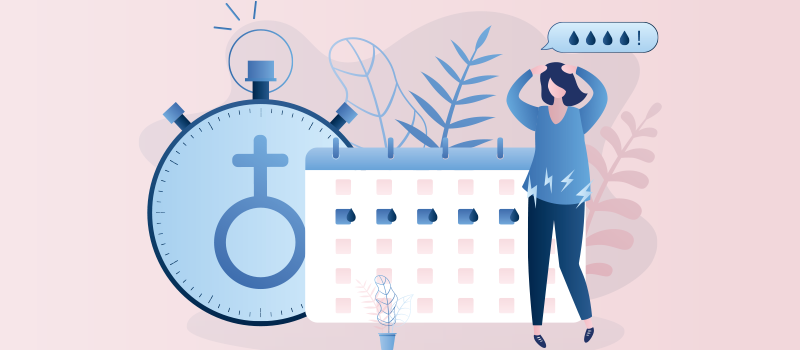

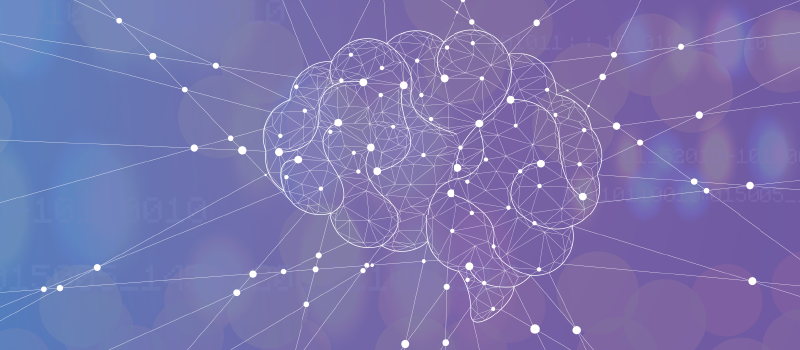
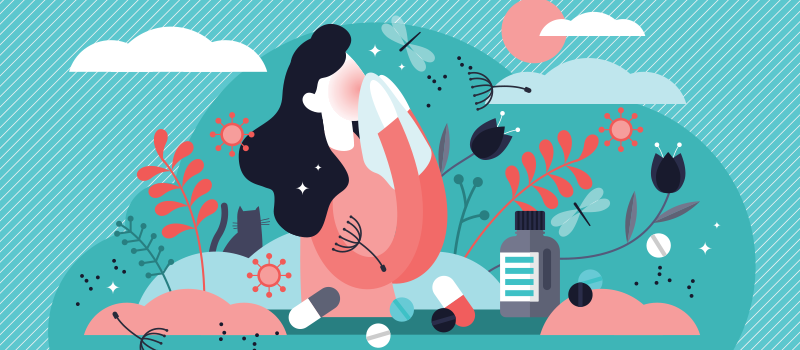
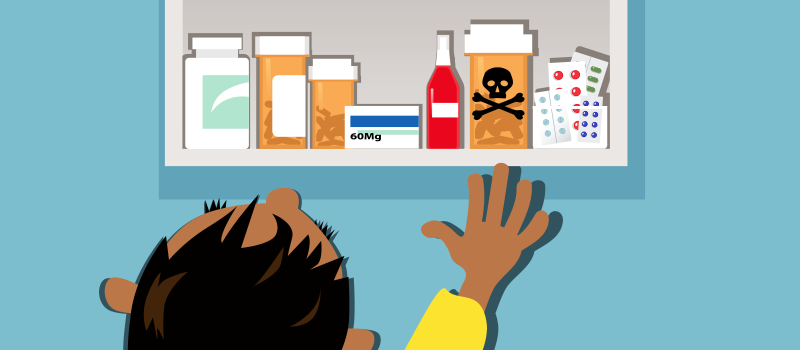

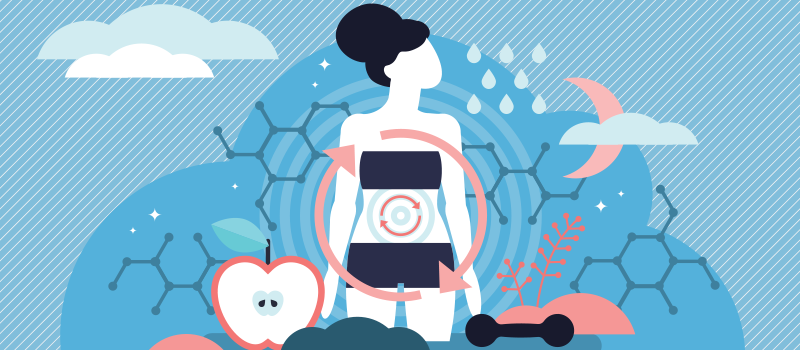


SOCIAL